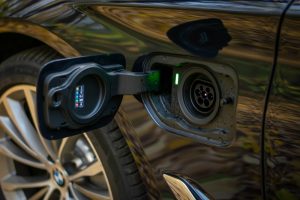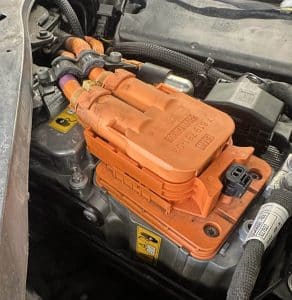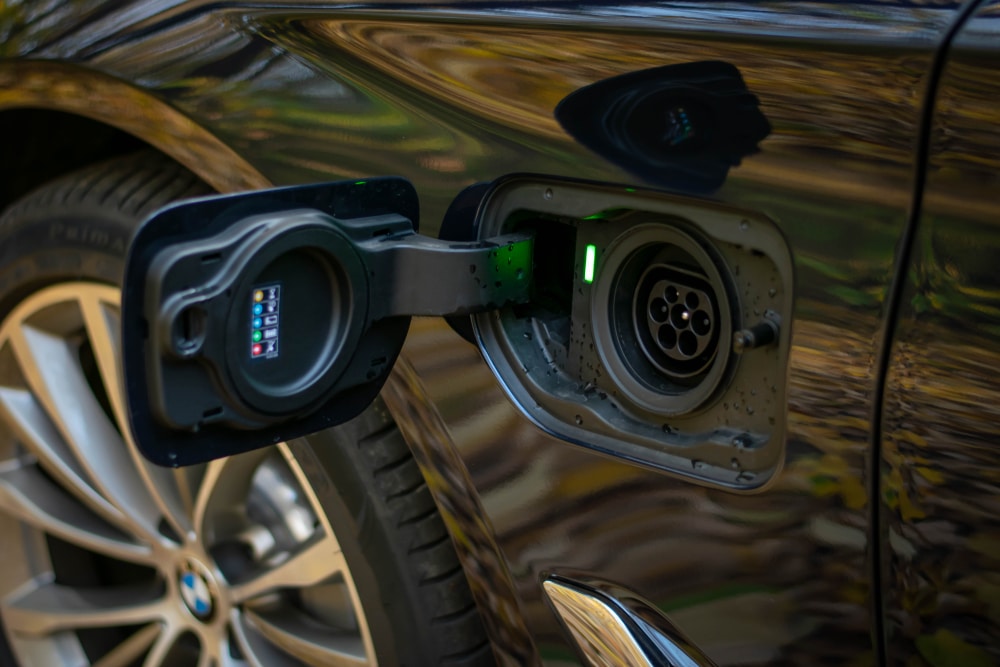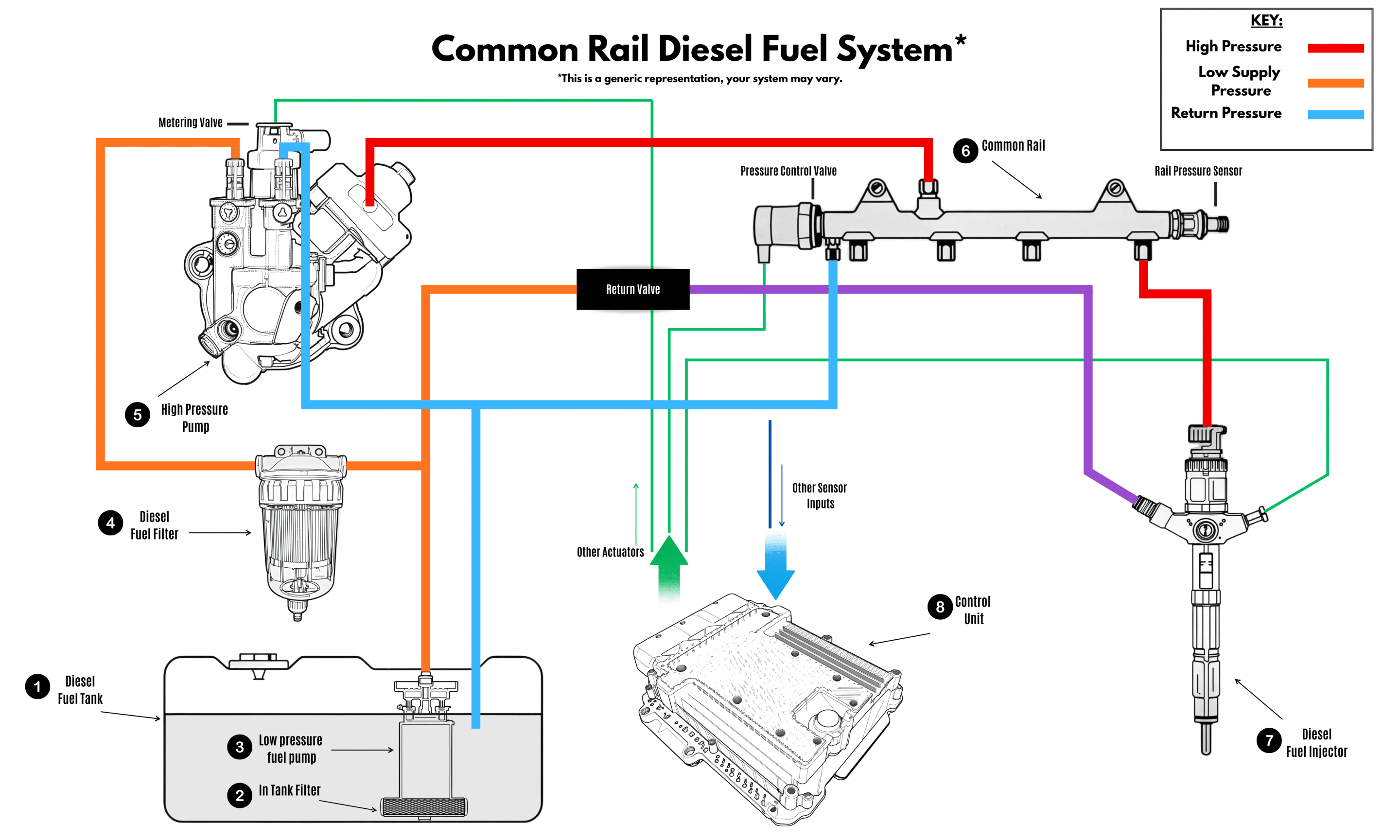BMW Charging Fault
“Your electrical machine electronics (EME) unit has failed. Replacement is the only option, and the total cost, including parts and labour, will be just over £9,500.”
That was the daunting statement Mrs S received from her BMW dealer when she asked for help with her 2020 BMW 5 Series 530e Plug-In Hybrid. For any owner, being told to expect a bill like that will make your eyes water.
Her BMW was already struggling. The heating and air conditioning were no longer working, and the charging system could not replenish the high-voltage battery. With key systems failing, the car was edging closer to being undrivable.
Unwilling to accept the dealer’s costly advice, Mrs S turned to Smith’s of London in Croydon, also serving Beckenham and Coulsdon. For our team of BMW specialists, this was not the end of the line — it was the beginning of a technical challenge we were ready to solve.
Read on to see how our experts diagnosed the real fault, repaired the EME, and restored Mrs S’s BMW… without the crippling cost of a full replacement.

Exploring the BMW Charging Fault From the Outset
Our investigation began with a detailed discussion with Mrs S. She outlined when the first issues had appeared, how they had worsened over time, and what advice she had already been given. This ensured we had the full context, not just a snapshot of the car in its current state.
We then connected our dealer-level diagnostic tools and accessed the stored codes. Several were present, including:
- 21E720 – Charging electronics fault: The link between the charger and control unit had broken down, stopping the battery from charging.
- 80120E – Electric A/C compressor undervoltage/overvoltage: The A/C compressor was shutting down because the supply voltage was unstable.
- 8011C4 – A/C compressor voltage sensor fault: Incorrect data was being sent from the A/C compressor’s built-in sensor.
- 030ECD / 030EC1 – Charging management faults: The system could not safely manage the charging process.
Looked at individually, the codes offered fragments of the picture. But together, they revealed a pattern: the charging, heating, and air conditioning systems were all affected simultaneously.
Each of these is controlled by the electrical machine electronics (EME) unit, the part already condemned by the dealer. For us, this wasn’t a conclusion, but a strong indication that the fault stemmed from a deeper issue within the high-voltage circuit.
Carrying Out the Deeper Investigation

Using Wiring Diagrams
Because the codes indicated failures across shared high-voltage circuits, we turned to BMW’s wiring diagrams. These technical schematics showed how the electrical system was structured and where voltage should normally be present.
Checking the Evidence
Live data revealed that the A/C compressor was receiving no voltage at all. This ruled the compressor out as the problem. The fault lay further back; no output was leaving the EME. The diagrams also highlighted that the heater, charger, and climate control all depended on the same supply, safeguarded internally by a high-voltage fuse.
Applying Our Own Test Plans
To take the investigation further, we used our in-house high-voltage test procedures, developed for complex EV and hybrid systems. These aren’t checks that can be taken lightly; they demand specialist certification and carefully controlled conditions. By systematically evaluating each component, we could build a clear picture before moving deeper into the EME.
Digging Into the EME Unit
Rather than replacing the unit outright, as the dealer had advised, we stripped the EME down to component level. Inside, we found the high-voltage fuse had blown. A blown fuse is rarely an isolated event, it usually means another component has demanded more current than the system could allow.
Isolating the Culprit
We then tested each part of the affected circuit: wiring harnesses, the compressor, the onboard charger, and finally the PTC heater. The heater immediately showed abnormal resistance values, confirming it was pulling too much current and had triggered the fuse.
The outcome was clear: the EME unit itself was not faulty. The real fault was a failed PTC heater that had overloaded the fuse. This allowed us to move forward with a targeted, component-level repair rather than an unnecessary replacement.
How We Completed the High-Voltage Repair
With the fault isolated, we moved forward with the repair work:
- Sourcing the fuse: BMW does not supply the required high-voltage fuse separately. Through our trusted supply network, we sourced the correct part. The EME was dismantled, the new fuse installed with precision, and the unit rebuilt to specification.
- Replacing the heater: The defective PTC heater, which had caused the fuse to blow, was removed and replaced with a reliable new component. This ensured the system could once again operate safely without risk of overload.
- Final testing: With the fuse and heater fitted, we carried out a full round of safety and performance checks using high-voltage test equipment, including a multimeter and insulation resistance tester. The results confirmed the supply had been restored, the systems were stable, and the battery could once again charge correctly.
By addressing the root cause instead of replacing the entire unit, Smith’s of London delivered a cost-effective, lasting repair, saving Mrs S from an unnecessary replacement and an eye-watering £9,500 bill.
What the Repair Delivered for The Car and Owner
The completed repair transformed the BMW. Heating and air conditioning were restored, and the high-voltage battery once again accepted charge as it should. A car that had been edging closer to unusable was returned to full working order.
For Mrs S, the benefit was just as important. The threat of a £9,500 replacement was gone, and in its place was the reassurance of a BMW she could rely on. Every day driving could continue without the worry of recurring faults or crippling costs.
This success was achieved through accurate diagnosis and high-voltage expertise. By targeting the real fault, Smith’s of London delivered a solution that a main dealer would never have offered. Mrs S saw first-hand the true benefit of choosing an independent expert over the dealership.
Why Independent Expertise Beats a Dealer Every Time
When Mrs S’s BMW was handed a £9,500 replacement recommendation by the dealer, our team took a different approach. Using specialist diagnostics and high-voltage expertise, we uncovered the blown fuse and failed heater behind the fault. By repairing at component level, we delivered a solution a dealer would never attempt.
Here’s why BMW drivers in Croydon, Beckenham and Coulsdon turn to Smith’s of London:
- Specialist knowledge of BMW and hybrid systems
- Repairs focused on the real cause, not blanket replacements
- Clear advice and communication from start to finish
- Cost-effective solutions that avoid inflated dealer bills
- …All backed by a 12-month parts and labour guarantee
Our reputation proves the difference. We have a {{average-rating}} star Google rating from {{review-count}} satisfied customers.
📞 Call Smith’s of London today on 020 8674 3377 — because your BMW deserves expertise, not dealer pricing.


